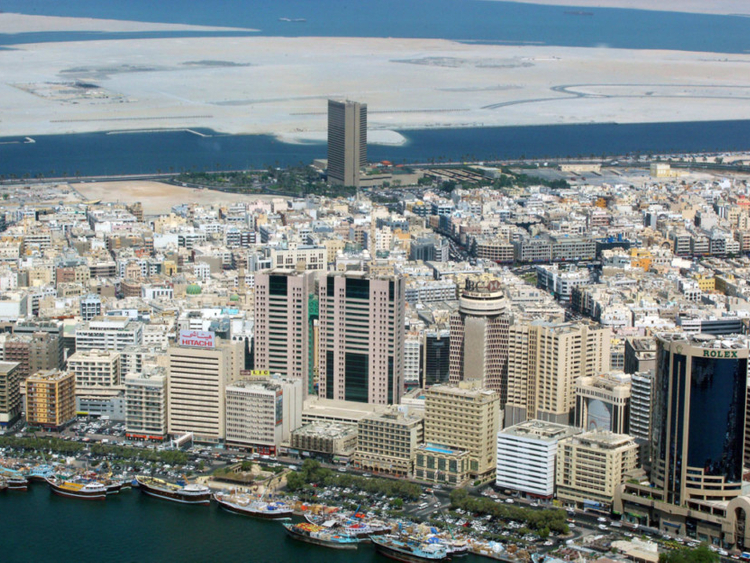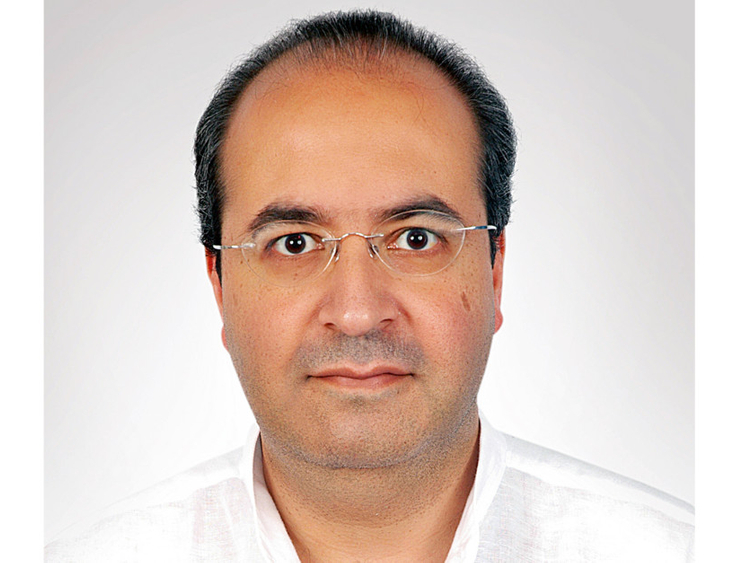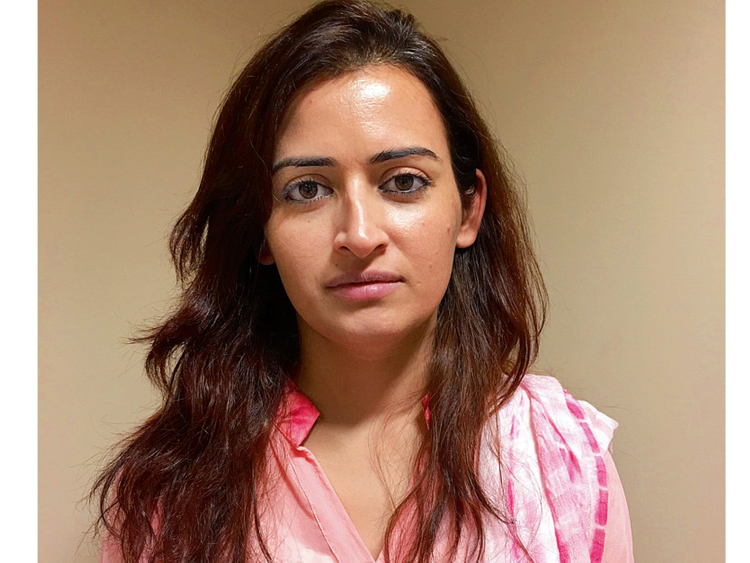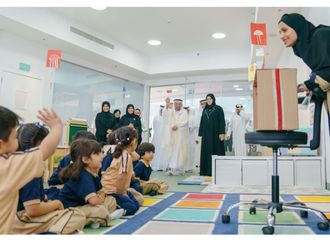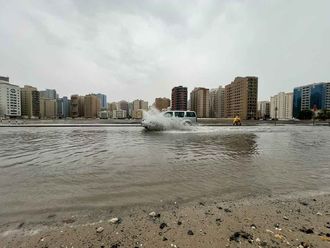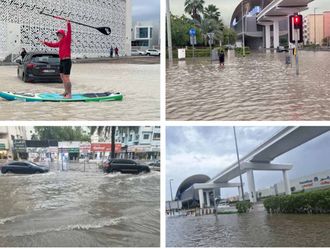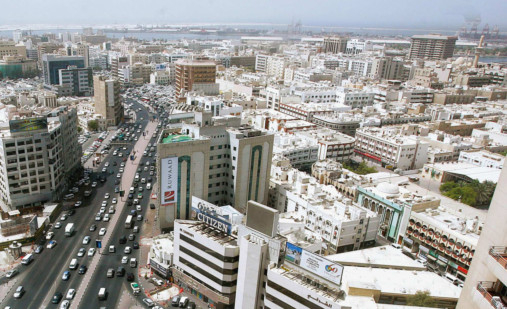
Dubai: Residential apartments and villas in the old districts of Bur Dubai and Deira still enjoy the highest occupancy levels in Dubai, despite the city expanding southwards into New Dubai, say real estate companies.
According to property brokers, residential flats and villas in Bur Dubai and Deira can currently boast 90-100 per cent occupancy, compared to 70-85 per cent in the newer areas.
The reasons are many. Top on the list is what Dilip Daswani, managing director of Capitol Real Estate, which manages over 500 properties in these areas, described as the “stability of the old guard”.
“Unlike New Dubai areas where tenants are more transient, apartments and villas in Bur Dubai, Deira and other older areas have long-term tenants, some of whom have been living there for over 30 years. Many of them also work in the same area and never want to leave,” said Daswani.
He said rentals in Old Dubai remain stable, hovering between five to 15 per cent, in contrast with the 15-30 per cent fluctuations that one can witness in New Dubai which has a high number of vacancies. Humera Khan, head of leasing and property management at MKO Real Estate of the Al Zarouni Group, who caps the fluctuations in Bur Dubai and Deira at 10 per cent, said, “Old Dubai is always in demand, and flats remain vacant only for a few days. These areas play an important role in keeping the overall market steady and reliable as landlords are not under pressure to reduce rents.”
Average rentals
She said the rentals in Bur Dubai and Deira range from Dh70,000-80,000 for a one bedroom to Dh100,000-Dh120,00 for a two bedroom and Dh130,000 to Dh170,000 for a three bedroom apartment.
She said, “The buildings are largely old with very limited facilities. They are generally owned by single landlords and maintenance is often taken care of by their own companies. There are no owners’ associations or societies and the properties do not change hands over decades, all of which ensure greater stability.”
There is also the relationship factor. “You can easily identify a uniformity in rentals and the gentry in these buildings. Mostly, they are occupied by a similar strata of people or nationality, so it’s more like a community. Families stay in the same building for years and have a close bonding with their neighbours, surroundings and the landlord. It’s a sentimental attachment,” said Khan.
Daswani said the sheer convenience and proximity to key public facilities and government departments are a big draw among residents of these districts. “Living in these areas has a big advantage. Everything is close by, from the airport, schools, banks and shopping centres to key government departments like Dubai Municipality, Immigration, Economic Department etc. True, as Dubai expands, these facilities are spreading their wings to the newer areas, but it will take some getting used to.”
He said some long-term tenants from these areas have become home owners in New Dubai with the growth of their families, but the older generations still prefer the hustle and bustle of their earlier neighbourhoods. Just walking around Deira’s wholesale market, Bur Dubai’s Bastakiya and Meena Bazaar or the traditional souqs of these areas gives a feel of what most residents here relate with.
The brokers cited any number of cases where such residents, unable to adjust in the new neighbourhoods, have returned to their old buildings after putting their plush homes in the Emirates Hills, Hattan or Dubai Marina up for rent.
Even with commercial properties, Khan said the old areas score because tenants in many cases get the money they spend on interiors and other heads back when there is a shift. “So for them, it is more of an investment than expense as the rental spaces are always in demand.”
YOU SPEAK:
Does your neighbourhood appeal to you? Why?
Write to us at:
editor@xpress4me.com
sms: 5101
Whatsapp: 056 508 9988


